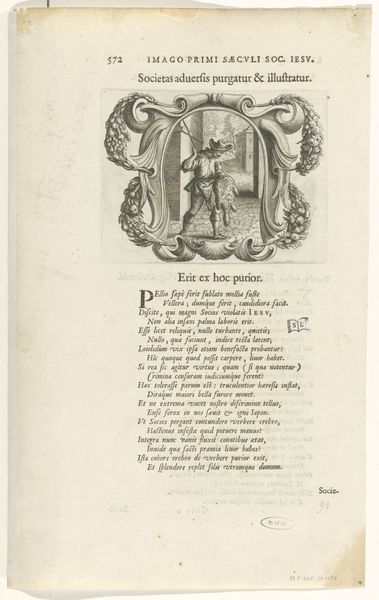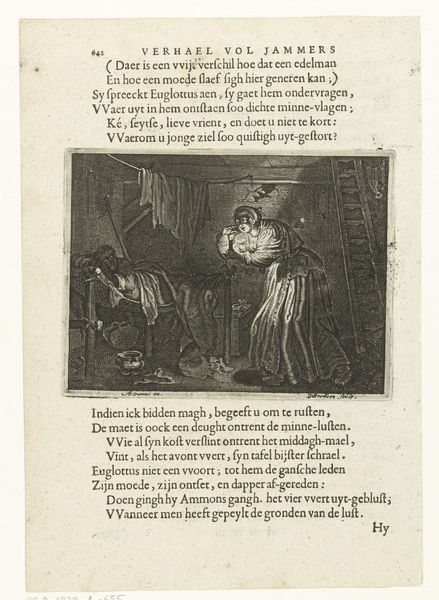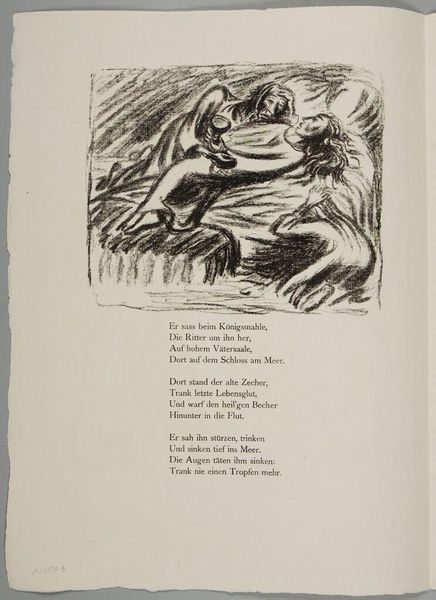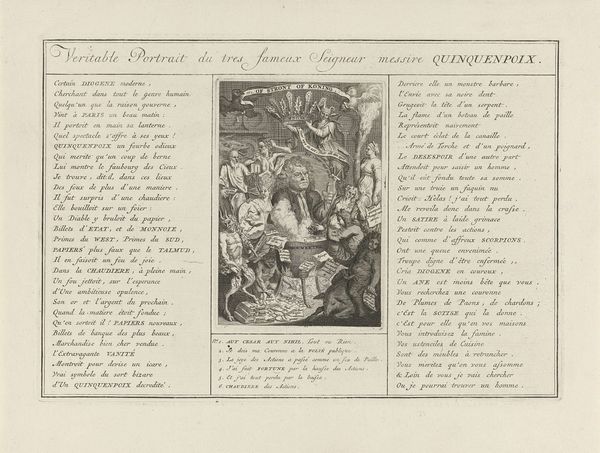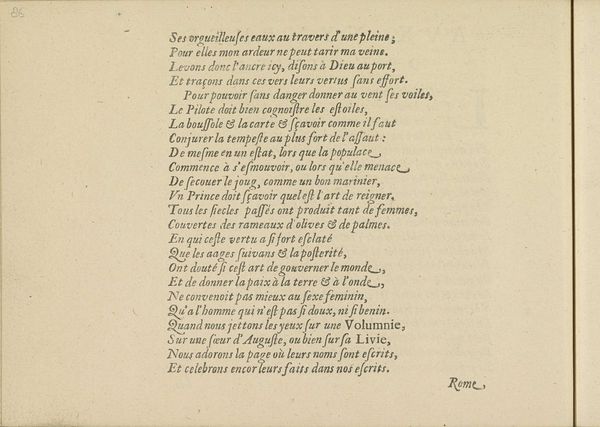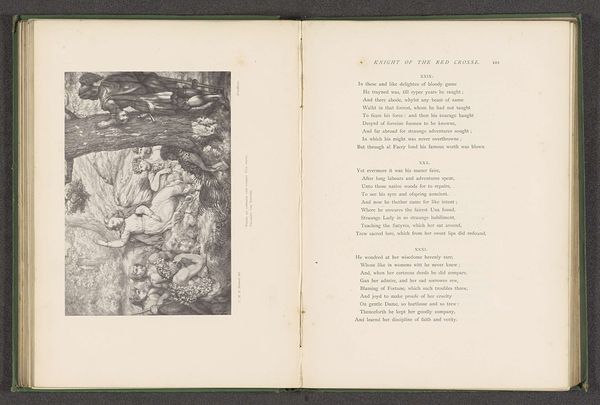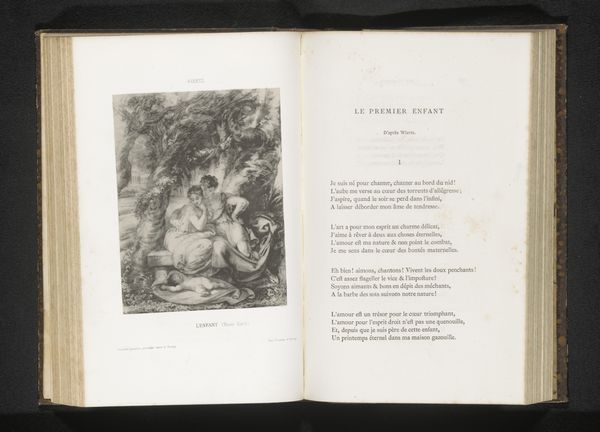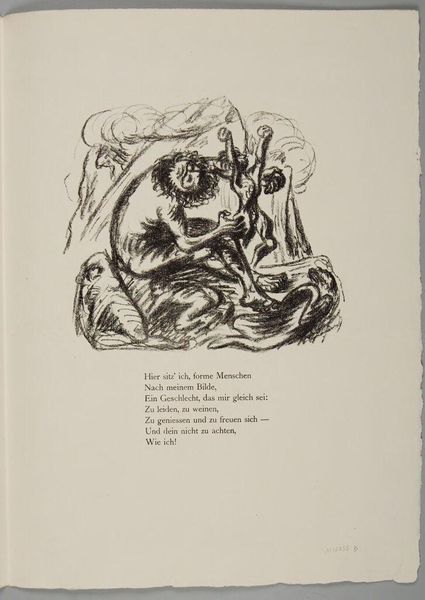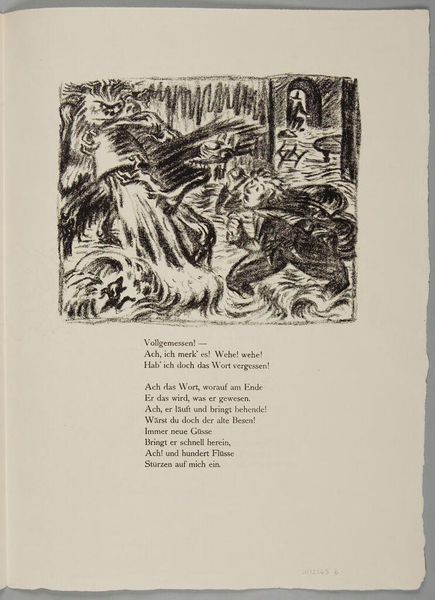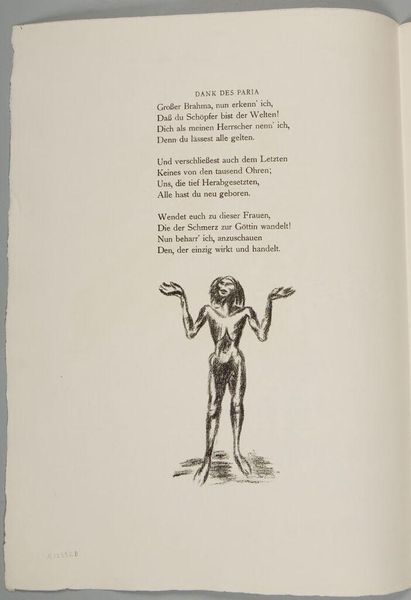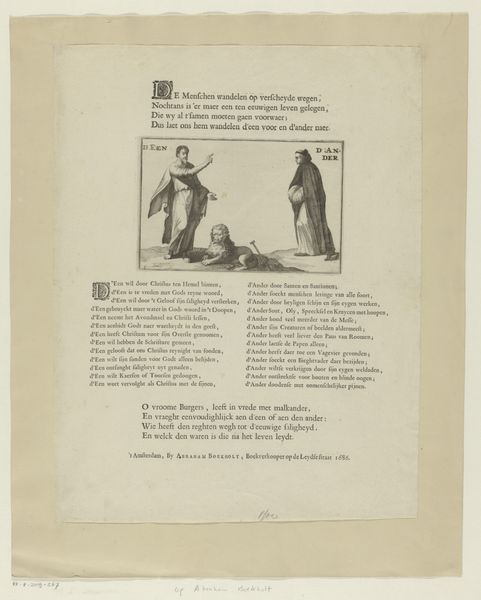
Copyright: National Gallery of Art: CC0 1.0
Curator: Before us we have Georges Rouault's "Reclining Nude," a work created in 1938 utilizing ink drawing and printmaking techniques. Editor: The immediate feeling is one of enclosed intensity. The thick lines almost cage the figure, creating a sense of confinement rather than openness typically associated with nudes. There's a weightiness, a darkness. Curator: The darkness is so indicative of Rouault's approach. We see that in how he repeatedly explored themes of suffering and the grotesque, particularly in the early 20th century. His training in stained glass surely informed these heavy contours, emphasizing a spiritual dimension often connected to sin and redemption. It reminds one of a modern-day "fallen woman" allegory. Editor: Exactly. The "fallen woman" archetype carries significant cultural baggage, reflecting societal judgments around female sexuality and morality. Her reclined position might read as submissive at first glance. However, I see defiance in the upward gaze and gestural tension, possibly contesting her passive role. The accompanying poem above further amplifies this. What are your thoughts? Curator: The poem juxtaposes tragic females with notions of civilization, highlighting underlying savage instincts and societal hypocrisy, which is mirrored in Rouault’s distortion. The symbols aren't straightforward, yet together they communicate moral anxieties during the pre-war period, revealing fractured understandings of sexuality and morality. The nude serves as a canvas for broader social reflections on authentic female figures. Editor: I agree completely. Rouault gives us access to these female narratives while interrogating society and its own "authentic witches." There's a layered commentary here, a discomfort in our accepted civility. This prompts us to really delve into how the image speaks of our current dialogues on bodies and the male gaze. Curator: Indeed, and appreciating how Rouault’s work incorporates spiritual torment, artistic experimentation, and cultural commentary greatly enriches our comprehension of not just art but our ever-evolving values and perspectives. Editor: Absolutely, prompting us to confront, through his lens, these timeless dilemmas.
Comments
No comments
Be the first to comment and join the conversation on the ultimate creative platform.

